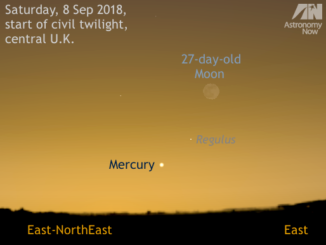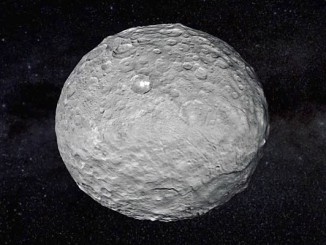
Observe planet Uranus at its best in the autumn sky
Have you ever seen Uranus with the naked eye? If not, moonless nights in late October and November offer ideal conditions to test your visual acuity and sky clarity. Uranus reaches opposition in the constellation of Aries on 28 October 2019 and lies 48° above the southern horizon at midnight as seen from the heart of the British Isles. Here is our guide to tracking down the seventh planet from the Sun.







